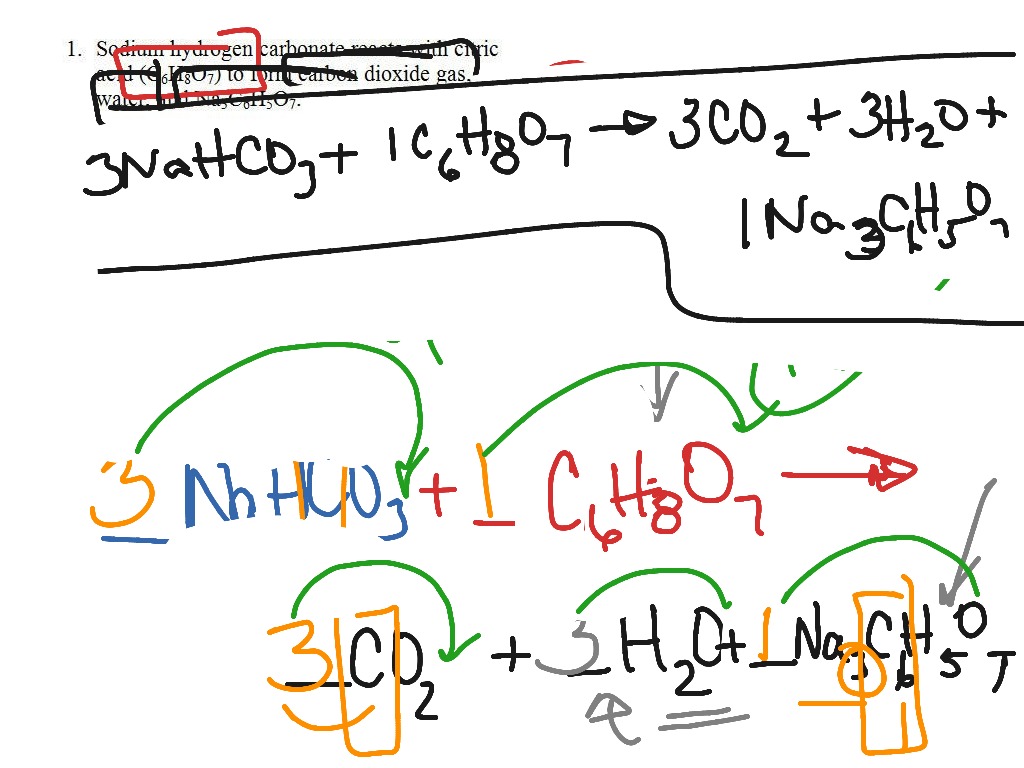

Let's see if we can identify the names of reactants (the substances we start with) in the following description of a chemical reaction: If I want to separate the names of more than two elements I use a comma, for example, hydrogen, carbon and oxygen (a list of 3 elements).īut hydrogencarbonate (one word), or hydrogen carbonate (two words but no and between them), is the name of a compound. If I want to list elements I separate two names with "and", for example, sodium and oxygen.īut, if I am referring to the name of a compound, then the "and" will be missing, for example, sodium oxide is the name of a compound. To identify whether you are looking at the name of two elements or the name of a compound we can take clues from English grammar. However, you will not find these names on the periodic table of the elements so these are NOT elements, we infer that they must be compounds. There are lots of exceptions! For example, water is a compound, ammonia is a compound, ethanol is a compound. In general the name of a compound will be made up of two words. Phosphorus and sulfur are also elements that are non-metals. The names of some non-metal elements end in "on", for example, carb on, ne on, arg on, krypt on, rad on. The names of other non-metals end in "en", for example, hydrog en, oxyg en, nitrog en. The names of some non-metal elements end in "ine", for example, fluor ine, chlor ine, brom ine, iod ine. The names of lots of metal elements end in "ium", for example sod ium, calc ium, magnes ium, alumin ium (NOTE that hel ium is an exception because it is an element but it is a non-metal!).īut the names of some metals do not end in "ium", for example, iron, silver, gold, copper, zinc, lead, mercury, nickel. You can find the names of elements in the periodic table of the elements. Reactants and products can be elements or compounds.Īn element has a name that is just one word. Products are the new substances that are formed as a result of the chemical reaction between the reactants. Reactants are the substances we start with.
Chemical equation maker for word free#
No ads = no money for us = no free stuff for you! Identifying Reactants and Products in Chemical Reactions
Chemical equation maker for word plus#
If more than one product is present then the names of each product are separated by a plus sign (+). A word equation shows the names of the products on the right hand side of the arrow.An arrow is used to show the direction of the reaction: →.If more than one reactant is present then the names of each reactant are separated by a plus sign (+). A word equation shows the names of the reactants on the left hand side.A word equation is a short-hand way of describing a chemical reaction.The new substances that are produced are called products.The substances we start with are called reactants.

In a chemical reaction substances react to produce new substances.You need to become an AUS-e-TUTE Member! Word Equations for Chemical Reactions Tutorial Key Concepts Want chemistry games, drills, tests and more?

Word Equations for Chemical Reactions Tutorial More Free Tutorials Become a Member Members Log‐in Contact Us


 0 kommentar(er)
0 kommentar(er)
